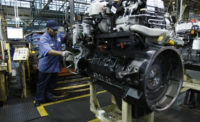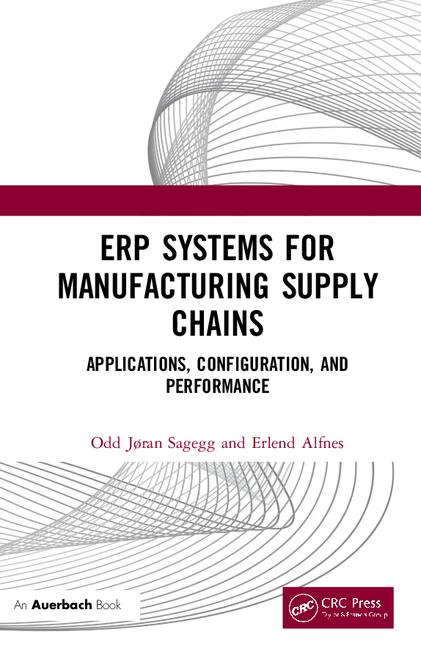Coronavirus Outbreak Reveals Weak Links in Global Supply Chain

LONDON—For many companies, the worldwide outbreak of COVID-19 has meant staff working from home and more use of teleconferencing rather than face-to-face meetings. However, it’s a different situation for manufacturers because, despite investments in automation, reducing the need for staff on assembly lines, they still need to receive raw materials.
The impact of coronavirus is both global and unpredictable. According to ABI Research, the supply chain shock it is causing will substantially cut into the revenue of large and small manufacturers in all industries. Unfortunately, the virus will have both short- and long-term ramifications for assemblers.
“Manufacturers will need to understand their risk exposure, including the operations of their supplier’s suppliers, too,” says Michael Larner, principal analyst at ABI Research. “To mitigate supply chain risks, manufacturers should not source components from a single supplier. They also shouldn’t source from suppliers in a single location.
“Supply chain orchestration requires software to be more than a system of record and provide risk analysis and run simulations, enabling manufacturers to understand and prepare for supply chain shocks,” warns Larner.
“Investments in robotics, sensors and other [Industry 4.0 technology] assume that assembly lines receive a steady flow of raw materials,” adds Larner. “But, COVID-19 demonstrates that manufacturers need to be as focused on their supplier’s capabilities as they are on their factory floor.”





